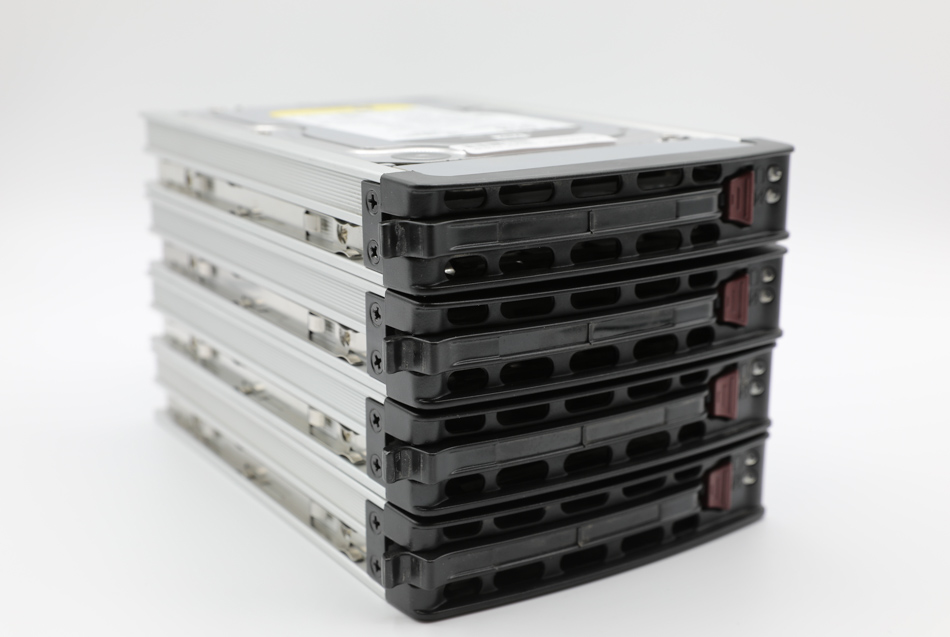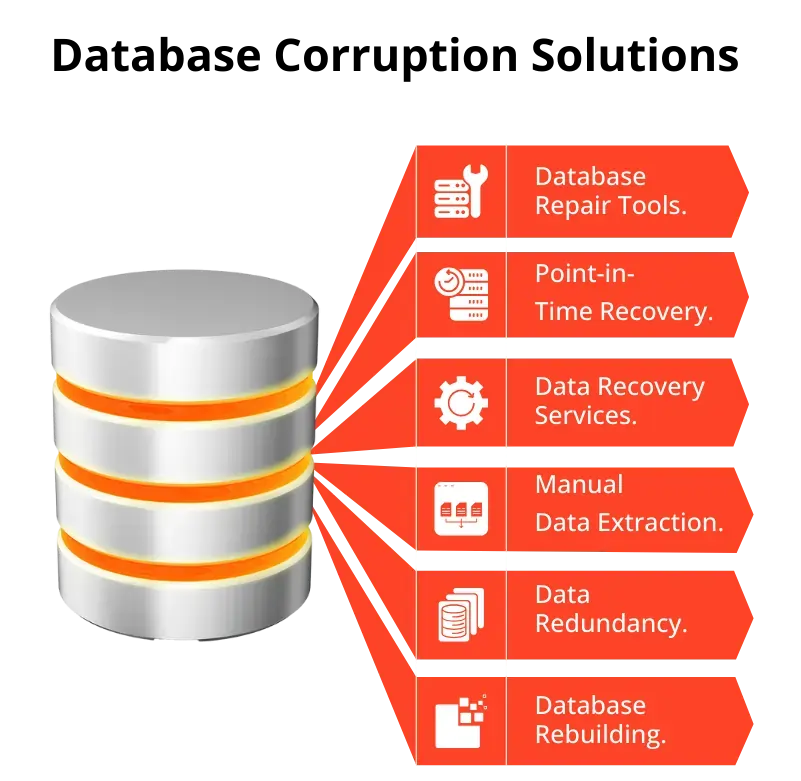In today’s digitally-driven world, data is the lifeblood of businesses. Companies rely heavily on databases to store critical information, from customer data to financial records. However, with great data comes great responsibility. Database corruption is a looming threat that can wreak havoc on a business’s operations. In this blog, brought to you by RAID Recovery Services, we will delve into the causes of database corruption, explore preventive measures, and discuss effective solutions to safeguard your valuable data.
Understanding Database Corruption
Database corruption occurs when data stored in a database becomes inaccessible, inaccurate, or otherwise compromised. This can result in data loss, which can have severe consequences for a business. Corruption can manifest in various forms, such as:

- Logical Corruption. This type of corruption occurs when the logical structure of the database is compromised. It can lead to issues like missing or incorrect data.
- Physical Corruption. Physical corruption involves damage to the storage medium where the database is stored, such as hard drives or storage device failures. This can result in data loss if not addressed promptly.
- File-Level Corruption. In some cases, individual database files may become corrupted. This can affect specific tables or records within the database.
- Page-Level Corruption. Page-level corruption affects specific pages within a database file. It can lead to partial data loss or inconsistency.
Causes of Database Corruption
Hardware Failures
Hard drive failures, power outages, and hardware issues can cause data corruption. Regularly maintaining and replacing hardware is essential to minimize this risk.
Human Error
Accidental deletions, overwrites, or improper configurations by users can introduce corruption into the database.
Software Bugs
Bugs in database management system software can lead to data corruption. Updating your DBMS and applying patches can reduce this risk.
Malware and Viruses
Malicious software can infect a system and corrupt data. Implement robust cybersecurity measures to protect against malware and viruses.
Inadequate Backup and Recovery
Failing to implement regular backups and reliable recovery procedures can leave your data vulnerable to corruption.
Prevention Strategies
Preventing database corruption is crucial for maintaining the integrity of your business’s data. Here are some preventive strategies to consider:
Regular Backups. Implement a robust backup strategy, including regular automated backups. Ensure that backups are stored securely and are easily accessible for recovery purposes.
Redundancy. Use redundant storage solutions to protect against hardware failures. RAID (Redundant Array of Independent Disks) configurations can help ensure data availability.
Data Validation. Implement data validation checks to ensure data integrity. This includes enforcing constraints on data types, relationships, and unique keys.
Regular Maintenance. Schedule routine maintenance tasks, such as database optimization and index rebuilding, to prevent logical and performance-related issues.
Update and Patch Management. Keep your DBMS and operating system up to date with the latest security patches and software updates.
User Training. Train your employees on best practices for data management and ensure they understand the importance of data integrity.
Monitoring and Alerts. Implement monitoring tools that can detect unusual database activity or errors and send alerts for immediate action.
Database Corruption Solutions
Despite preventive measures, database corruption can still occur. When it does, it is essential to have a plan in place for swift recovery. Here are some effective solutions for dealing with database corruption:
- Database Repair Tools. Many DBMSs offer built-in repair tools that can help recover corrupted data. These tools can fix logical errors and inconsistencies within the database.
- Point-in-Time Recovery. If you have regular backups, you can perform a point-in-time recovery to restore the database to a state just before the corruption occurred.

- Data Recovery Services. In cases of severe corruption or when built-in tools prove ineffective, consider professional data recovery services like RAID Recovery Services. These experts specialize in recovering data from damaged databases and storage devices.
- Manual Data Extraction. In some cases, you may need to manually extract data from corrupted tables or records, especially if it’s critical for ongoing operations.
- Data Redundancy. If redundancy measures are in place, you can fail over to a redundant database or storage system while addressing the corruption issue.
- Database Rebuilding. In extreme cases of corruption, you may need to rebuild the database from scratch. This is a time-consuming process but can be necessary to ensure data integrity.
Advantages of Our Data Recovery Services
At RAID Recovery Services, we understand the critical importance of data to your business. Our team of experts is dedicated to providing top-notch data recovery solutions tailored to your specific needs. Whether you are dealing with database corruption, hardware failures, or any other data loss scenario, we have the expertise and tools to help you recover your valuable information.
Database corruption is a formidable challenge for businesses, but with proactive prevention strategies and effective solutions in place, you can safeguard your critical data.
Remember that prevention is key, but having a reliable partner like RAID Recovery Services can make all the difference when disaster strikes.

Protect your data, protect your business. Choose RAID Recovery Services for all your data recovery needs. In the digital age, data is currency, and protecting it is paramount. Do not wait for a data disaster to strike. Act now to secure your business’s future.
FAQ - Database Corruption
What are the common causes of database corruption?
Database corruption can result from hardware failures, software bugs, human errors (e.g., accidental deletions), malware or virus attacks, and inadequate backup and recovery procedures.
How can I prevent database corruption in my business?
To prevent database corruption, consider implementing regular backups, redundancy measures, data validation checks, routine maintenance, keeping software up to date, user training, and monitoring and alert systems.
Can database corruption be prevented entirely?
While you can take proactive measures to minimize the risk of database corruption, it is challenging to prevent it entirely. Therefore, having a robust data recovery plan in place, including professional data recovery services like Raid Recovery Services, is essential to ensure data integrity and business continuity.
What is database corruption?
Database corruption occurs when a database or its data becomes damaged, preventing proper access by the DBMS, often due to hardware failures, software bugs, or improper shutdowns.
Is it possible to recover data from a corrupted database?
Yes, data recovery from a corrupted database is often possible, depending on the extent of the corruption and circumstances. Using professional services or built-in recovery tools can greatly improve success chances.